A New Course in Reading Pali: Entering the Word of the Buddha
Pali, in addition to its importance as a Middle Indic language, is the classical language of Theravada Buddhist texts and it is thus the Buddhist canonical language of such Theravada countries as Thailand, Cambodia, Sri Lanka and Burma. As a gateway to that important body of textual material it is of special importance to the student or scholar of Buddhism as well as being of great interest from the literary-cultural as well as the linguistic and historical points of view.
The book is intended to serve as an introduction to the reading of Pali texts. For that purpose, it uses authentic readings especially compiled for the purpose drawn largely from Theravada canonical works, both prose and poetry. The readings are in Roman script, and carefully graded for difficulty, but they have also been selected so that each of them is a meaningful and complete reading in itself, so as to introduce some basic concepts and ways of thought of Theravada Buddhism. This book thus offers an opportunity to become acquainted with the ways in which the teachings of the Buddha are embodied in the language; a sense that is impossible to determine from English translations. The book contains 12 lessons. Each of them has three parts: (1) a set of basic readings and an accompanying glossary, (2) grammatical notes on the forms in the lesson, and (3) a set of further readings with its own glossary. The further readings introduce no new grammatical points, but reinforce ones already presented and give further practice in them. The work concludes, fittingly, with the Buddha's first sermon, The Dhammacakkapavattana Sutta. A cumulative glossary and index to the grammar is also provided.
The text has been used successfully in its preliminary form at several universities, but it may also be used for self-study.
Get it now and save 10%
BECOME A MEMBER

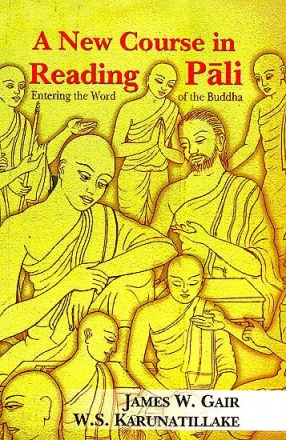
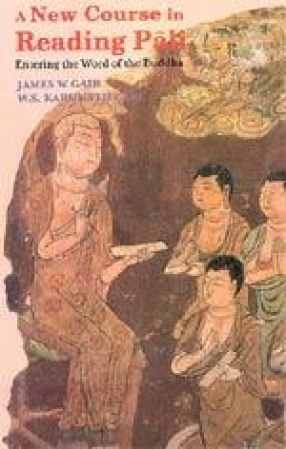
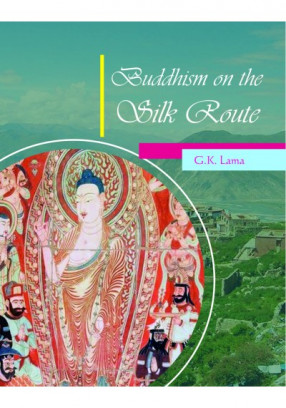

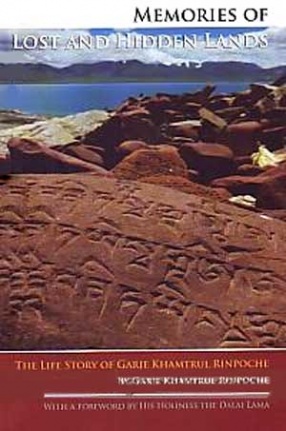
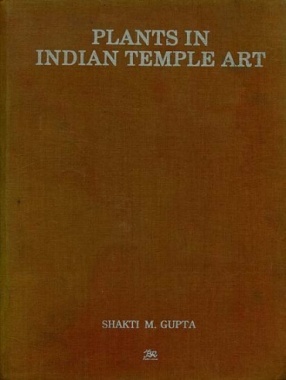

Bibliographic information
James W. Gair